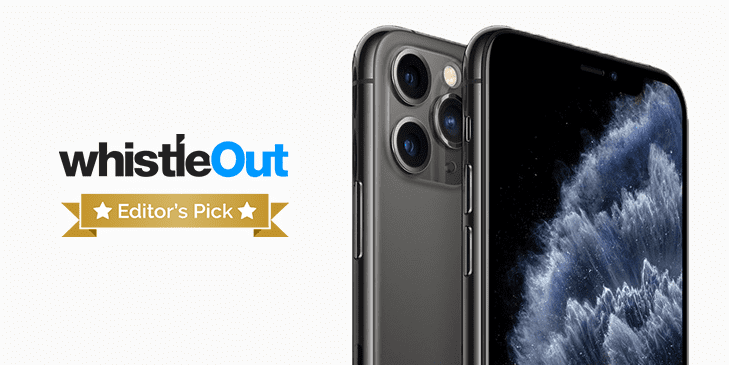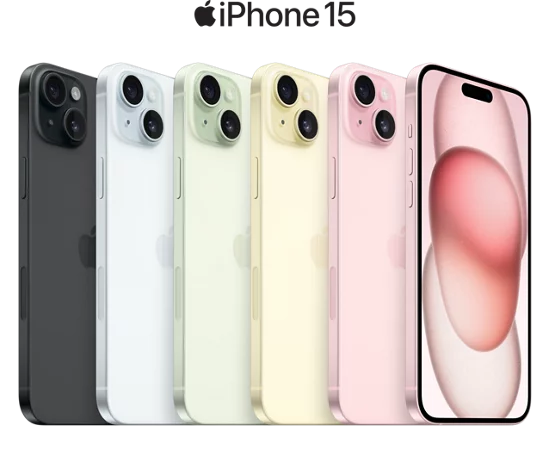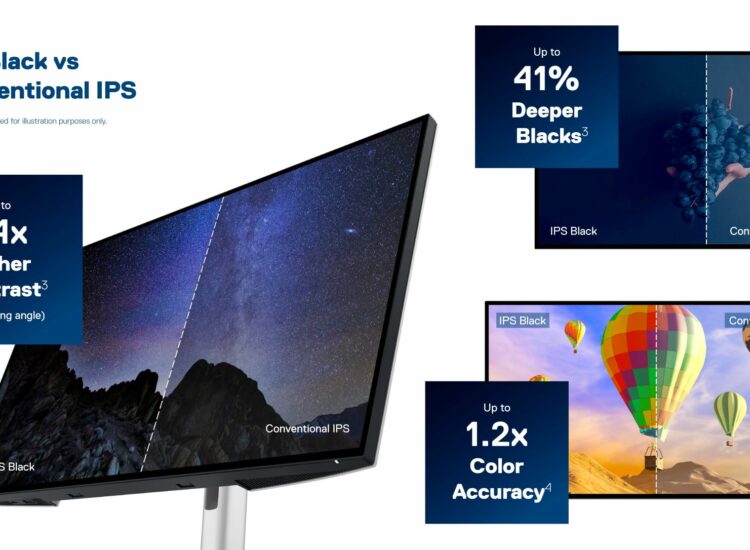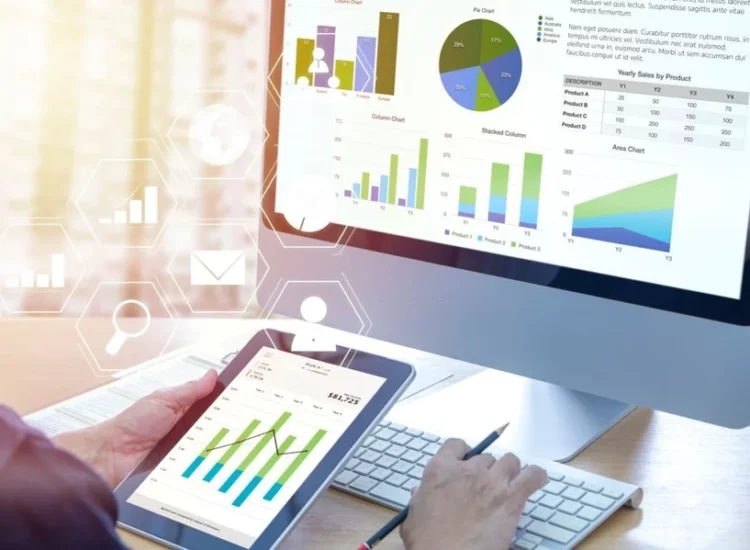You might think the best time to upgrade your iPhone is when the newest model comes out, but that’s not always the case. While you’ll have access to the latest features, you’ll also likely face higher prices and potentially encounter initial software bugs. A more strategic approach is to wait for price drops on older models or consider upgrading during major shopping events like Black Friday.
Toc
When is the Best Time to Upgrade Your iPhone?

Identifying the best time to upgrade your iPhone can save you money and enhance your experience. Here’s a breakdown of the optimal times to consider an upgrade.
New iPhone Release (September/October)
September and October are prime months for iPhone enthusiasts. Apple typically unveils new models during this period, leading to significant price reductions on older models. Historically, Apple drops prices on older models by around 10-20% immediately after the new iPhone release. For example, the iPhone 14 Pro Max launched at $1,099, but shortly after the iPhone 15 Pro Max was released, the iPhone 14 Pro Max’s price dropped to $999.
- Price Reductions: After a new release, older models often see substantial discounts. For instance, when the iPhone 16 is launched, prices for the iPhone 15 and earlier models can drop dramatically.
- Informed Decisions: Waiting until after the launch allows you to evaluate the new features and determine if they justify the investment. You can also read reviews and user experiences to avoid initial bugs that might affect the new models.
- Stock Availability: While new models are in high demand, older models might become scarce, so timing your purchase is crucial.
Black Friday/Cyber Monday (November)
The holiday shopping season, particularly Black Friday and Cyber Monday, is another excellent opportunity for iPhone upgrades. In 2022, Best Buy offered the iPhone 13 Pro for $899 on Black Friday, a $200 discount from its original price. Amazon offered a similar deal, with the iPhone 13 for $599.
- Deep Discounts: Retailers offer significant discounts on electronics, including iPhones. You may find deals on both the latest models and older versions, allowing you to maximize your savings.
- Planning Ahead: Researching in advance can help you identify the best deals. Popular retailers like Best Buy, Amazon, and Walmart often compete for the best prices, so keeping an eye on their offerings can be beneficial.
- Limited Stock: Although the deals can be enticing, stock may be limited, so it’s wise to act quickly once you find a deal that suits your needs.
Spring/Summer (March-June)
The months following the holiday rush can also present opportunities for savings, especially if you’re looking for older models.
- Sales and Clearance Events: Retailers often clear out inventory to make way for new stock. This can lead to good deals on previous-generation iPhones.
- Less Competition: Compared to peak shopping periods, there may be less competition, making it easier to find deals without the frenzy associated with Black Friday.
- Value for Older Models: If you’re not concerned with having the latest technology, these months can be an excellent time to snag a reliable device at a lower price.
How to Find the Best iPhone Deals
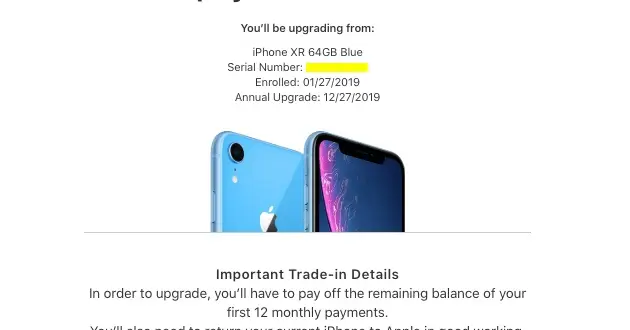
Finding the best time to upgrade your iPhone is only part of the equation; knowing how to find the best deals is equally important. Here are some strategies to maximize your savings.
1. https://shoptonytoy.vn/archive/1449/
2. https://shoptonytoy.vn/archive/1400/
3. https://shoptonytoy.vn/archive/1441/
Trade-In Programs
One of the most effective ways to reduce the cost of a new iPhone is through trade-in programs. For example, a trade-in of an iPhone 13 in good condition might be worth $300, while a damaged iPhone 13 might only be worth $100.
- Offset Costs: Apple and various carriers offer trade-in programs that can significantly decrease the price of your new device. Depending on the condition and model of your current iPhone, trade-in values can range from a modest discount to several hundred dollars off.
- Eligibility Criteria: Be sure to check the eligibility of your device and understand the trade-in conditions. Some programs may require your phone to be in good working condition, while others might accept damaged devices at a lower value.
Carrier Deals
Comparing deals from different carriers can lead to substantial savings.
- Promotions: Carriers frequently offer promotions on new iPhones, including discounts for new customers or incentives for current customers to upgrade. For example, promotions may include significant discounts on phones when signing up for a new plan or trading in an old device.
- Bundled Services: Look for bundled services that might offer savings on monthly plans alongside device discounts. This can provide additional value if you’re also looking to upgrade your service.
Retailer Sales
Keeping an eye on sales events at various retailers can lead to excellent deals.
- Seasonal Sales: Major shopping events, such as Black Friday, Cyber Monday, and Prime Day, are prime opportunities to find competitive iPhone deals. Retailers like Target, Walmart, and Amazon often have special promotions during these times.
- Online vs. In-Store: Don’t forget to check both online and brick-and-mortar stores. Sometimes, exclusive online deals can provide better discounts compared to in-store offers.
Student Discounts
If you’re a student, don’t overlook potential discounts available through retailers and carriers.
- Eligibility Requirements: Many retailers offer special pricing for students, which can lead to additional savings on your iPhone purchase. Check the specific requirements to ensure you qualify for these discounts.
- Combine Offers: If possible, combine student discounts with trade-in offers for maximum savings.
Refurbished iPhones
Buying a certified refurbished iPhone can be a smart way to save money while still getting a quality device. The popularity of refurbished iPhones has increased in recent years, with many consumers opting for these devices as a more budget-friendly alternative. This has led to greater competition among retailers and increased availability of refurbished iPhones.
- Quality Assurance: Refurbished iPhones from Apple or certified resellers undergo rigorous testing and come with warranties, providing peace of mind that you’re purchasing a reliable product.
- Cost Savings: These devices are often significantly cheaper than new models, making them an attractive option for budget-conscious consumers.
Factors to Consider Before Upgrading
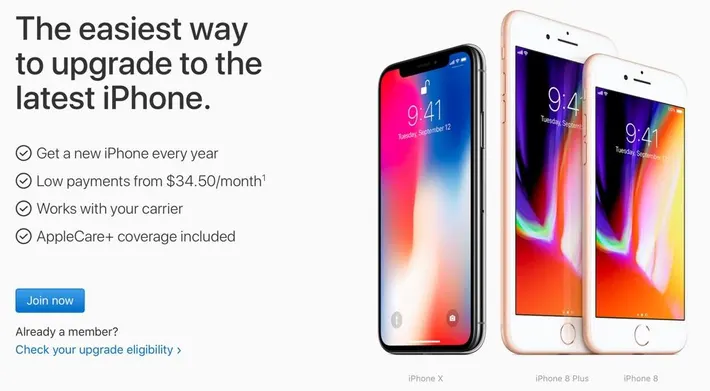
Now that you understand the best times to upgrade and how to find the best deals, let’s delve into the factors that can help you decide if an upgrade is right for you.
Phone Age
- Upgrade Timeline: A good rule of thumb is to consider upgrading every two to three years. Newer models typically provide better performance, enhanced features, and improved security measures that can protect your data. Manufacturers continually refine their technology, meaning each new release often addresses common pain points experienced by users. Staying updated not only keeps you in sync with technological advancements but also ensures your device has the latest software compatibility and support.
- Performance Improvements: If your current device is several generations old, you may be missing out on essential advancements that can significantly enhance your overall user experience, such as faster processing speeds, better graphics rendering, and improved multitasking capabilities. This can be especially important for those who use resource-intensive apps or games, as newer models are designed to handle these demands more efficiently.
Performance
- Signs of Aging: If you’re experiencing slow performance, frequent app crashes, or other operational issues, it may be time to consider an upgrade. Newer models often come with improved processing power, which translates to smoother performance and faster load times. Features like enhanced RAM and optimized software can drastically reduce lag and enhance your overall experience, making everyday tasks more enjoyable.
- User Experience: A sluggish phone can significantly impact your productivity and enjoyment, leaving you frustrated with slow loading times and app crashes. These interruptions can hinder both your work efficiency and leisure activities. In such cases, upgrading to a newer model with improved performance can be a worthwhile investment, providing a more seamless experience for everything from browsing the web to streaming video content.
Battery Life
- Deteriorating Battery: Over time, battery performance can decline due to repeated charge cycles, leading to shorter usage times between charges. If you’re finding that your iPhone requires frequent charging or struggles to hold a charge throughout the day, it may be time to look for a new model with enhanced battery life. Newer devices often feature advanced battery technology, offering longer-lasting power and faster charging capabilities.
- Battery Health Checks: Regularly check the battery health settings on your iPhone to assess its condition. If your battery health is significantly diminished, it might be a sign that a replacement or an upgrade is necessary to ensure you have a reliable device that meets your daily needs.
Features
- Missing Out on New Technology: If newer iPhone models offer features that are important to you, such as 5G connectivity, enhanced cameras with advanced imaging capabilities, or improved security features like facial recognition, an upgrade might be justified. These advancements can improve how you connect with others, capture memories, and protect your personal information.
- Desire for Enhanced Capabilities: Evaluate whether the latest features align with your needs and lifestyle. If they do, it may be worth the investment to enhance your daily experiences. Consider how new features could improve your workflow, creativity, or social interactions, and weigh that against the cost of upgrading.
Budget
- Financial Considerations: Establish a budget before deciding to upgrade. Research different models within your price range to find one that meets your needs without breaking the bank. Be mindful of any available promotions, trade-in options, or financing plans that can make the upgrade more affordable.
- Balance Cost and Value: Weigh the potential benefits of upgrading against your budget constraints to make an informed decision. Look for models that offer the best value for your investment, ensuring that you get the features and performance enhancements you desire without overspending. By carefully considering your options, you can find a phone that fits both your lifestyle and your financial situation.
Frequently Asked Questions
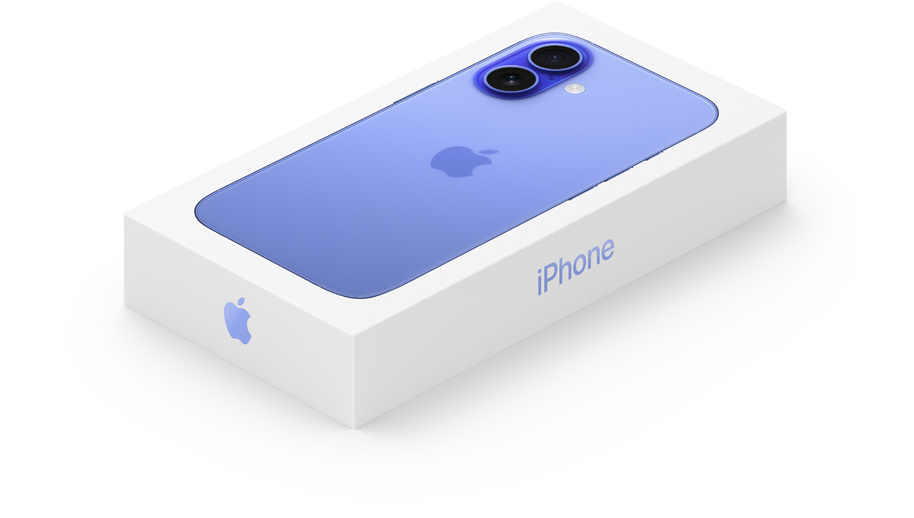
Q: When should I upgrade my iPhone if I’m happy with my current phone?
1. https://shoptonytoy.vn/archive/1400/
2. https://shoptonytoy.vn/archive/1449/
3. https://shoptonytoy.vn/archive/1401/
A: If you’re satisfied with your current device, it’s often wise to hold off on upgrading until you see a significant price drop on newer models or the potential release of a new iPhone SE. This approach allows you to take advantage of more affordable options while ensuring that you get the latest features and improvements when you do decide to upgrade.
Q: Are refurbished iPhones a good option?
A: Yes, refurbished iPhones can be an excellent way to save money while still getting a quality device. These phones are typically tested, repaired, and certified by the manufacturer or a trusted retailer, making them a reliable choice. Just make sure to purchase from a reputable source, and take the time to verify the condition of the phone and understand the warranty details offered, as this will provide you with added peace of mind.
Q: What if I need a new phone urgently?
A: If you find yourself in a situation where you need to upgrade immediately, it’s essential to compare prices across various retailers and carriers. Look for promotions, discounts, or bundled offers that might be available. Even if it’s not during peak shopping seasons, you can still find competitive deals. Additionally, consider checking online marketplaces and local stores to ensure you’re getting the best available option for your urgent needs.
Conclusion
Finding the best time to upgrade your iPhone can be a game-changer in terms of both savings and enhancing your user experience. By strategically timing your purchase around new releases, major sales events, and considering trade-in programs, you can significantly reduce costs. Additionally, evaluating your current device’s age, performance, and features will help you determine if an upgrade is necessary.
With a little research and planning, you can confidently navigate the iPhone upgrade process, ensuring you get the best value for your investment. Whether you’re eagerly anticipating the iPhone 16 or looking to upgrade your current device, understanding the optimal timing and available deals can make all the difference. Embrace the journey of upgrading your iPhone and enjoy the latest technology while staying financially savvy!



